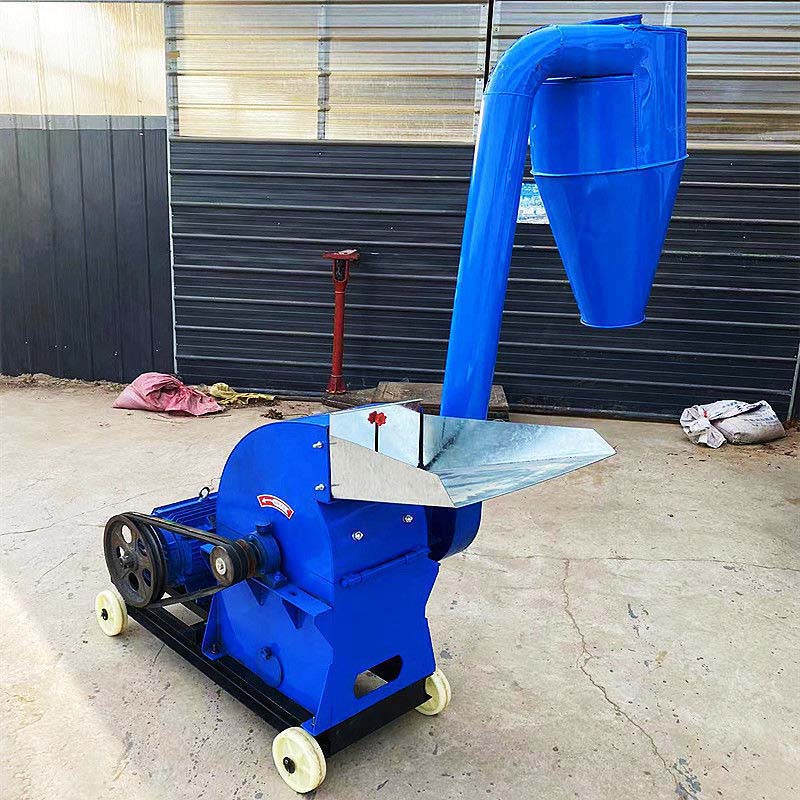layer chicken battery cage
Oct . 19, 2024 03:04 Back to list
layer chicken battery cage
The Layer Chicken Battery Cage An In-Depth Analysis
The layer chicken battery cage system has been a topic of intense debate among animal welfare advocates, consumers, and the poultry industry for decades
. This method of farming, designed for high-density production of eggs, offers both advantages and disadvantages that are critical to understanding the future of poultry farming.At its core, battery cage farming involves confining hens in small enclosures or cages, typically housing three to ten birds in a single cage. These structures are designed to maximize space efficiency and facilitate egg production, often allowing for thousands of birds to be kept in a single facility. Proponents of this system argue that it leads to increased production levels and cost efficiency, which can ultimately lower prices for consumers. With the global demand for eggs on the rise, this method has proven to be an effective way to meet market needs.
However, the ethical implications of battery cages have sparked significant controversy. Critics argue that the confinement of hens in such cramped conditions severely restricts their natural behaviors. Birds in battery cages have limited or no access to movement, dust bathing, perching, or nesting, which are essential for their physical and mental well-being. As a result, many hens experience stress, frustration, and a higher likelihood of health issues. Evidence has shown that such confinement can lead to aggressive behaviors, feather-pecking, and illnesses, which not only raises animal welfare concerns but can also impact the overall quality of the eggs produced.
layer chicken battery cage

In response to growing public awareness and concern regarding animal welfare, several countries and states have begun to implement regulations to phase out battery cages. The European Union, for example, banned conventional battery cages in 2012, reflecting a broader commitment to improving the welfare of farm animals. This legislative change has prompted many producers to explore alternative systems, such as enriched cages, barn systems, and free-range operations, which offer hens more space and opportunities to engage in natural behaviors.
Transitioning away from battery cages, however, comes with its own set of challenges. While alternative systems may improve animal welfare, they often require more land and resources, leading to increased operational costs. This could, in turn, affect egg prices for consumers. Furthermore, there is an ongoing debate within the poultry industry about how to balance animal welfare, productivity, and economic viability. Farmers find themselves at a crossroads, navigating consumer demands for ethically produced products while also trying to maintain profitability.
Consumer preferences are undoubtedly shifting towards more humane practices, and many are willing to pay a premium for eggs produced under better welfare conditions. This shift has created a demand for cage-free and free-range eggs, which has led to a significant increase in producers adopting alternative housing systems. In some markets, cage-free eggs have reached nearly 30% of total egg sales, a testament to the power of consumer choice in driving industry practices.
In conclusion, the layer chicken battery cage system exemplifies the complexities of modern agricultural practices. While it has allowed for efficient egg production, the ethical implications associated with animal welfare cannot be ignored. As the poultry industry moves forward, striking a balance between production efficiency and the humane treatment of hens will be crucial. The future of egg production may likely hinge on consumer decisions, ongoing advocacy for better practices, and the willingness of producers to adapt to a rapidly changing landscape. Ultimately, the choice between efficiency and ethics in poultry farming will shape the future of how we produce and consume one of the world’s staple foods.
-
Automatic Feeding Line System-Pan Feeder Nipple Drinker|Anping County Yize Metal Products Co., Ltd.
NewsJul.29,2025
-
Hot Sale 24 & 18 Door Rabbit Cages - Premium Breeding Solutions
NewsJul.25,2025
-
Automatic Feeding Line System Pan Feeder Nipple Drinker - Anping County Yize Metal Products Co., Ltd.
NewsJul.21,2025
-
Automatic Feeding Line System Pan Feeder Nipple Drinker - Anping County Yize Metal Products Co., Ltd.
NewsJul.21,2025
-
Automatic Feeding Line System - Anping Yize | Precision & Nipple
NewsJul.21,2025
-
Automatic Feeding Line System - Anping Yize | Precision & Nipple
NewsJul.21,2025






